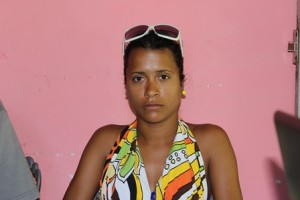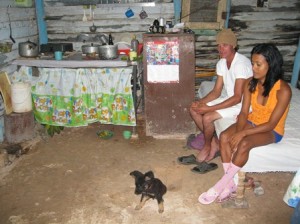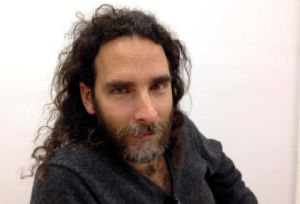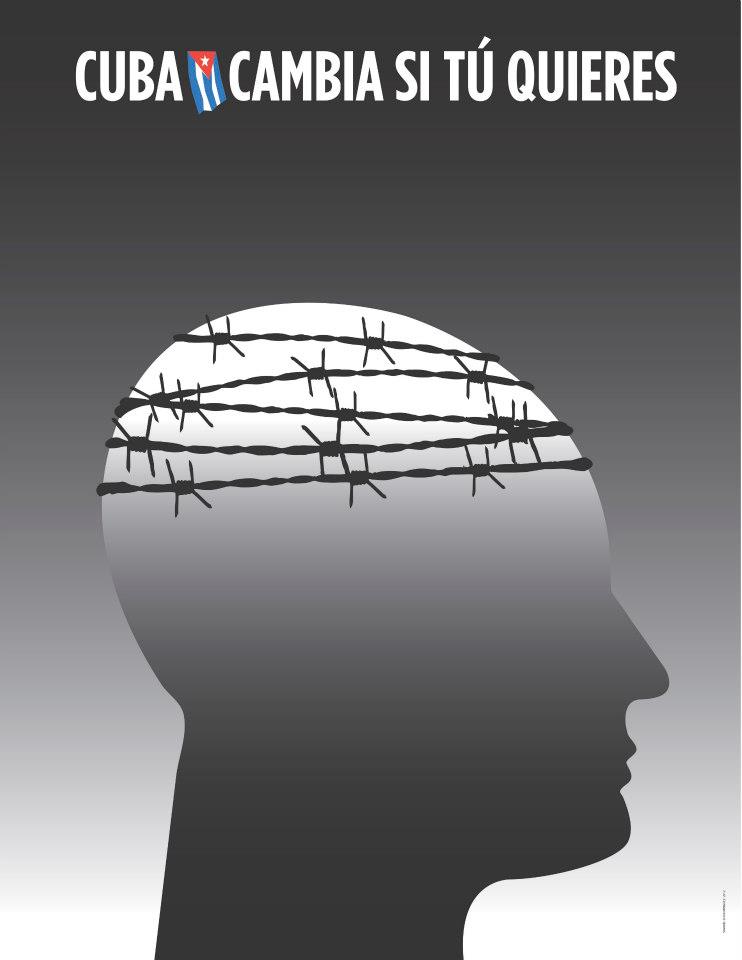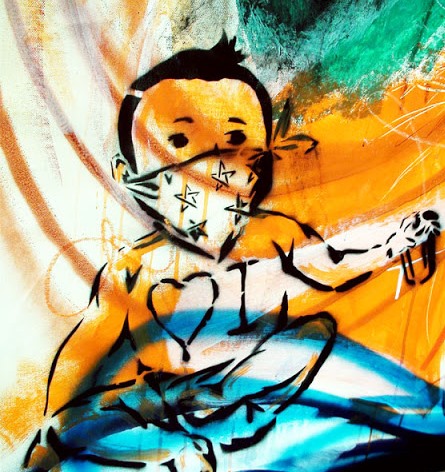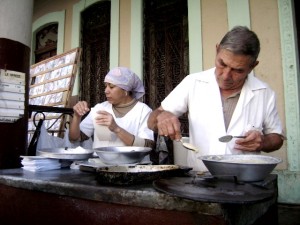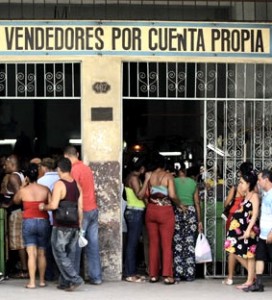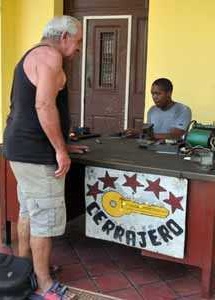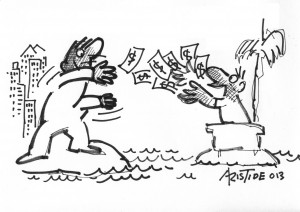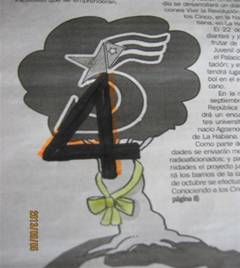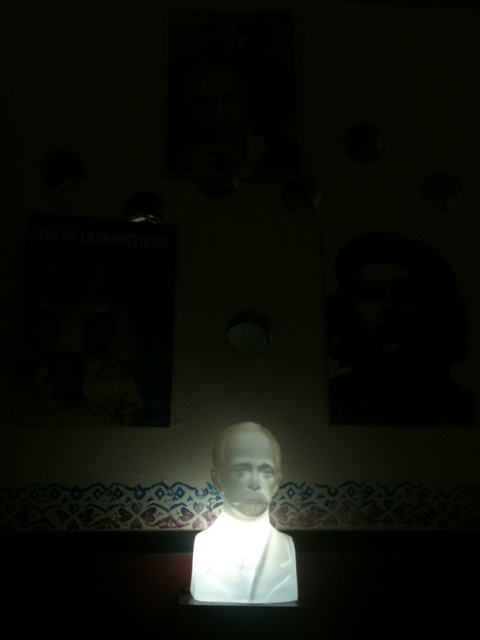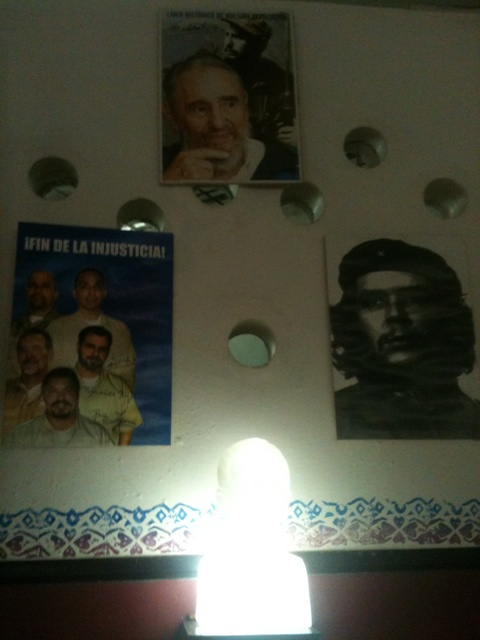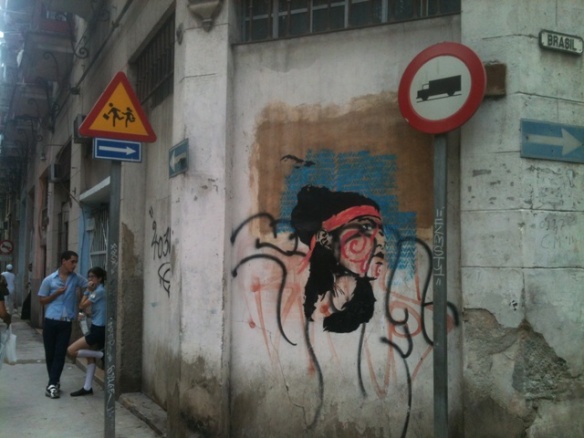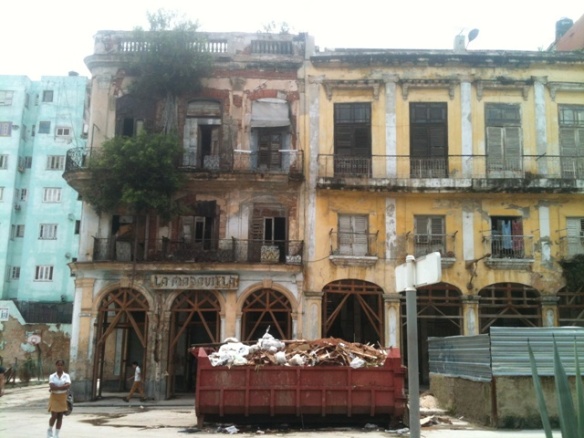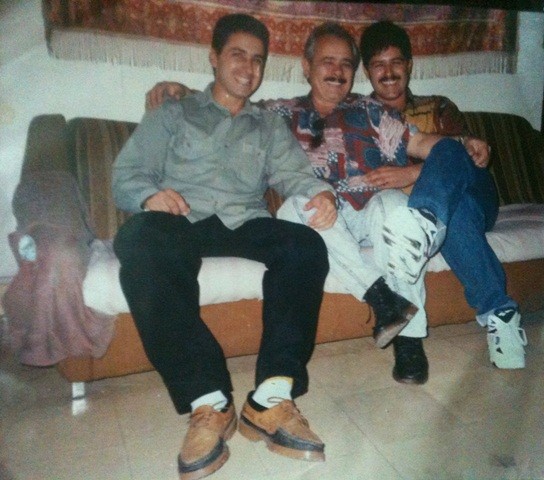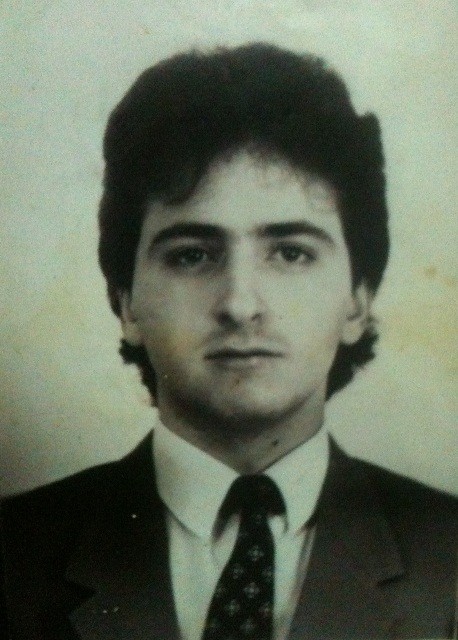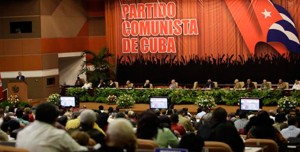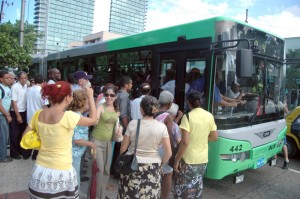
“Violence has reached critical levels in Cuba,” says activist Antonio Rodiles, and actress Ana Luisa Rubio, 62, just experienced it. The photo above is her face after a severe beating given to her by a group of supposed neighbors last Friday.
“I am very sore, but mostly I’m very scared,” Rubio told Diario de Cuba from her home in the Havana neighborhood of Vedado. “They will not stop.”
Rubio spent a night in Manuel Fajardo Hospital because of the beating. Rodiles, director of the independent State of Sats project, accompanied her to the police the following day to file a complaint, the twelfth by the actress. The previous were for assault, threats, defamation, home invasion, property damage and coercion.
“The police do not do anything,” said Rubio. The result is that the attackers “feel impunity before the law.”
The actress said that on the day of the incident she went outside after a group of children knocked insistently on her door in what was supposedly part of a game.
“I went to demand some peace,” she said. “That was all, and right there a woman lunged at me, someone I have already reported on other occasions for insults and threats, but nothing ever happened… I didn’t have time to defend myself or to seek shelter, because it was one thing after another; instantly I started feeling the kicks, punches, and blows from many people.”
She only recognized three of the participants in the beating: two neighbors and the area coordinator of the Committees for the Defense of the Revolution (CDR). The rest were unknown.
In total, there were ten men and women who left her lying on the floor, alone, after the attack, according to her version.
“She called us very nervous, saying she was bloodied and needed help,” Ailer Gonzalez, artistic director of State of Sats, told DiariodeCuba.com, and along with Rodiles and activist Juan Antonio Madrazo, she accompanied Rubio to the hospital.
“They have given her a tremendous beating … they beat her badly,” she said.
Opposite the house of Rubio is a Communist Party office and in the same block an office of the CDR.
Madrazo said that when they got to the home of the actress, on Friday, responding to her request for help, they heard the coordinator of the CDR, surnamed Duran, say to a person he was talking to on the phone, “She was given a good beating, but if she comes down again, we will fuck her up.”
Police were at Rubio’s home on Saturday and she pointed to the two women and Duran among her assailants. None was arrested, Madrazo confirmed.
From television to the dungeons
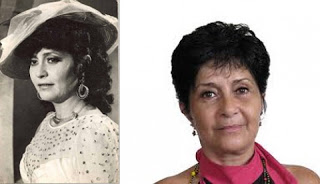
Ana Luisa Rubio was a popular television actress on the island until the last decade when she began to engage in internal dissent.
In recent years she has been arrested several times, most recently on August 24, when she stood in the Plaza of the Revolution “to shout for justice, for freedom, for human rights,” as she said.
After the arrests, “They always take me to the psych ward” of a hospital in Havana. “The doctors have already told them not to take me there any more, that there is nothing wrong with me,” said the actress.
“They are trying to show that I’m crazy so that there is no validity to what I say,” she said. “For me this is not even just a dictatorship, this is fascism.”
Rubio has also belonged to the Ladies in White and writes the blog Aramusa28, from which she denounced the aggressions she has suffered and called for the resignation of Raul Castro.
In her view, the beating on Friday, “was arranged by State Security.”
The harassment and attacks started “long ago already, I would say years, but they have escalated,” she said. She added that in 2004 she spent nine months in a wheelchair due to an attack.
“I can’t do anything; I don’t know where to turn. My comrades do their best, but we ‘re totally defenseless” complained the actress.
The Government no longer allows her to work in state television.
“They don’t even let me breathe, I have no income at all … they censored me as an actress in 2011 for being in the Ladies in White,” she said.
Currently, Rubio rents a room in her home as a form of self-employment. But “they don’t even let, my guests are intercepted,” she said. “They’re suffocating me in a way in which have no way to eat, or breath, or even laugh.
From DiariodeCuba.com
9 September 2013

 Beto was one of those who handed out beatings in August of 1994. With his helmet, his mortar-splattered pants and an iron bar in his hand, he lashed out at some of the protestors during the
Beto was one of those who handed out beatings in August of 1994. With his helmet, his mortar-splattered pants and an iron bar in his hand, he lashed out at some of the protestors during the 